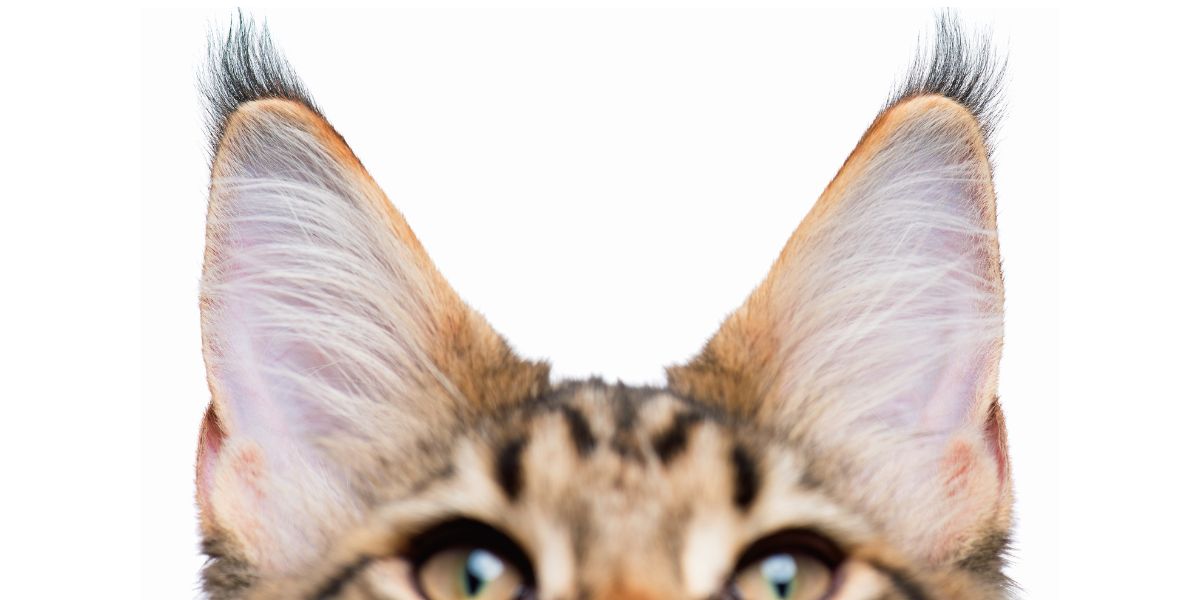Otitis in cats – protect your pet with EPI-OTIC
Otitis in cats can be successfully prevented or treated with Epi-Otic, a solution for treating otitis externa in dogs and cats. Otitis externa is a condition of the ear canal. This occurs when the ear canal cells become inflamed. There are three forms of otitis that we will discuss as well as the specific symptoms. Biotur will also recommend an effective treatment to help you treat this condition in your cat.
Otitis in cats – types
Otitis in cats (chronic otitis) can be classified according to where it has settled in the ear canal. Thus, we have:
– Otitis externa – in the external ear canal
– Otitis media – in the middle of the ear canal
– Internal otitis – in the internal ear canal
Chronic otitis should not be confused with parasitic otitis in cats.
Parasitic otitis in cats is caused by a parasite called Otodectes Cynotis (cat mange).
Otitis externa affects the ear canal and is an infection of the external ear canal. This otitis is manifested by an overproduction of wax, itching or tissue damage. If left untreated, the cat may become deaf.
Internal otitis occurs when otitis externa spreads or the cat has suffered a trauma.
Otitis media occurs in the case of infection in the body, in the blood or due to the extension of otitis externa.
Otitis in cats – causes
Otitis in cats can have different causes. As you can see from the above, otitis media and internal otitis occur due to otitis externa. Thus, the leading causes of otitis externa are:
– Keratinization disorders
– Trauma
– Parasites
– narrow ear canal
– Hypothyroidism
– Environmental factors: high humidity, excessive cleaning
– Diseases that affect humidity
External deworming of the cat must be carried out regularly because external parasites can be one of the causes of otitis externa.
Symptoms
The main symptoms of otitis in cats are:
– Excessive ear scratching
– Loss of hair around the ear
– Shaking the head
– Head tilt
– Red marks
– Specific smell in the ear
In the case of otitis media, there may also be febrile conditions or nerve damage in addition to the main symptoms of otitis externa. Also, the cat may lose hearing or balance if otitis media develops.
Diagnosis
Otitis in cats has visible signs, which, if you notice, it is essential to see your vet as soon as possible. After performing a physical examination, the veterinarian will use one or more methods to diagnose the disease, such as otoscopic examination, blood tests, skin tests, biopsy, tomography, allergy tests or even MRI.
Otitis in cats – treatment
Treatment for otitis in cats involves curing the condition or infection that caused it. Otitis can be treated quite easily, mainly if the pet receives treatment from the first days after the illness. Only in the case of more severe conditions can the cat lose its hearing through the surgical removal of the ear canal.
Biotur offers you Epi-Otic, an effective solution for otitis in cats.
The new Epi-Otic formula is a solution with a high degree of tolerance, specially designed to prevent and treat otitis externa in dogs and cats. The originality of the formula is based on the complementarity of the action of the principal associated ingredients in a recipe with excellent cleaning properties. The salicylic acid associated with docusate sodium allows the removal of cellular deposits and excess earwax from the ear canal. PCMX associated with EDTA contributes to restoring the microbial balance of the auditory canal. The exclusive association with monosaccharides provides an anti-irritant effect and limits the adhesion of microorganisms to the skin surface.
How to use Epi-Otic?
Epi-Otic is used 2-3 times a week for routine use, before each treatment for otitis externa or as the veterinarian recommends. It is also used to clean the ear canal with severe otitis externa or administer it 30 minutes before treatment with an otic solution. If this interval cannot be maintained, carefully clean the ear canal with a cotton swab. Shake before use. Twist the white cap, apply Epi-Otic into the ear canal, gently massage at the base of the ear, then remove excess product with a cotton swab.



